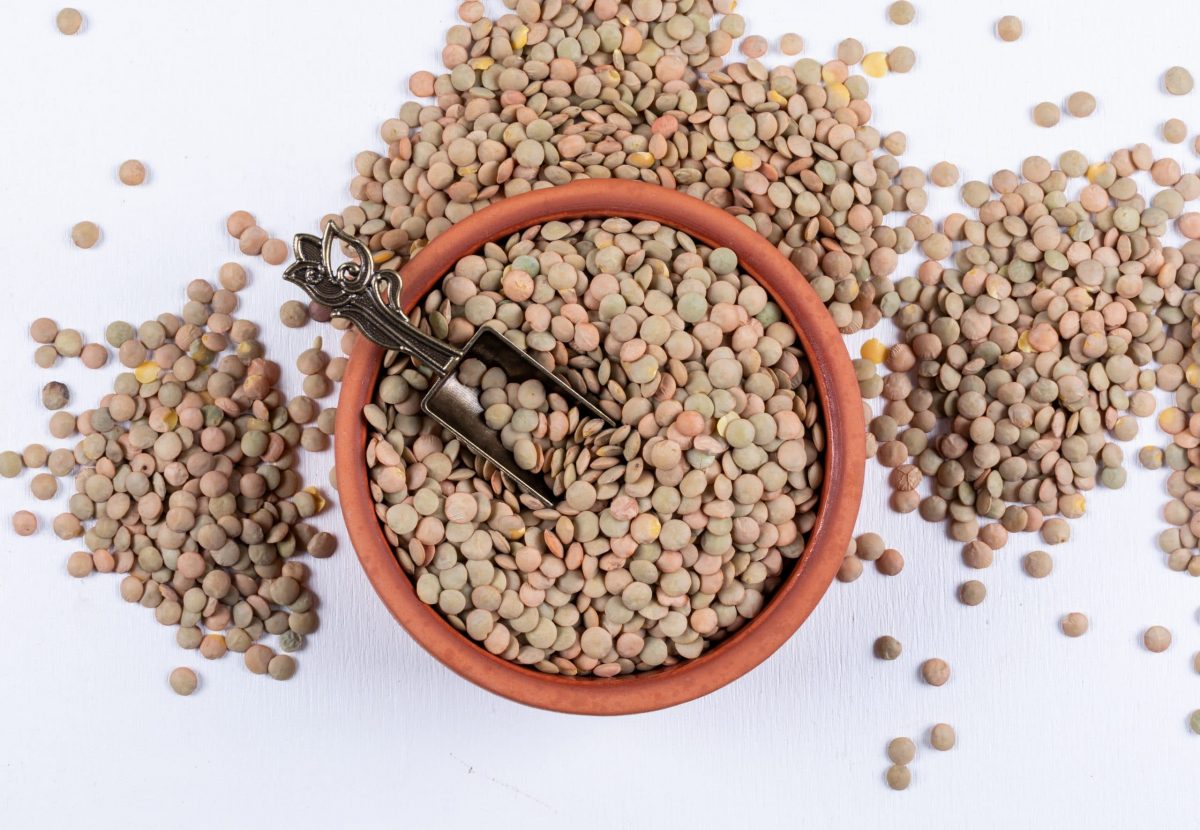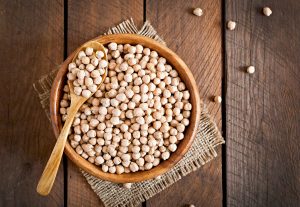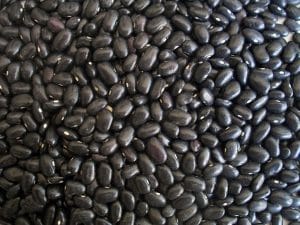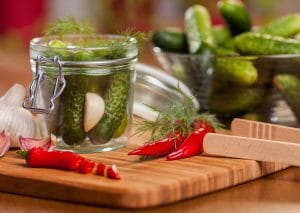Are Lentils Low FODMAP?
Important Note: When you buy through our links, we may earn a commission. As an Amazon Associate we earn from qualifying purchases. Content, pricing, offers and availability are subject to change at any time - more info.
Starting a low FODMAP diet to improve your digestive health can leave you struggling with what foods you are allowed to eat. Especially if you’re vegetarian or used to supplementing your protein with legumes, you may wonder if you can still indulge in a dal curry or eat lentils. Eating lentils on a low FODMAP diet may mean you need to tweak recipes, but it can be done.
Lentils can be consumed on a low FODMAP diet in moderation, provided the serving sizes are kept between 0.8-1.6oz. Canned lentils will have a lower FODMAP rating than lentils cooked from scratch due to the canning process. Draining and rinsing canned lentils helps remove excess FODMAPs.
If you’ve been struggling with finding ways to eat on a low FODMAP diet, you might be questioning if there’s any way to consume the meals you like. As I enjoy lentils in curries, soups, and salads, I didn’t want to give up a mainstay in my usual protein sources. So I looked into how I could still eat lentils and how they would fit into my new diet, and found it’s possible as long as I keep portions small and substitute other ingredients where necessary.
- Are Lentils Low FODMAP?
- The Best Lentils For A Low FODMAP Diet
- Low FODMAP Substitutes For Lentils
- So, Are Lentils Low FODMAP?
Are Lentils Low FODMAP?
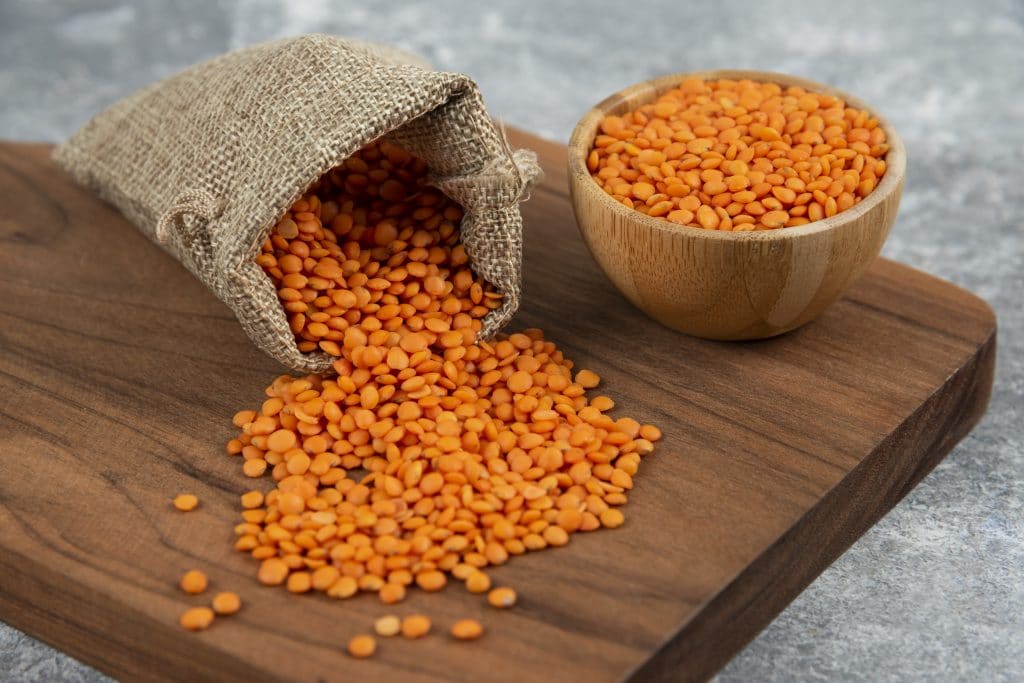
Most people go onto low FODMAP diets to deal with intestinal distress, and pulses like legumes and lentils are notorious for causing bloating and gas. Monash lists lentils as high-FODMAP foods, which at first glance makes it seem like they are off the menu, but you can eat them as long as you stick to limited amounts.
On average, if you’re going to eat lentils on a low FODMAP diet, you’ll want to keep your portion very small — the suggestion is no more than ¼ cup drained canned lentils a day.
However, the way in which lentils are prepared also affects their fructans and GOS content — their galacato-oligosaccharides, the main FODMAP in the food group containing lentils and other such pulses.
The emphasis is on canned lentils rather than those prepared from fresh because the canning process leaches out some GOS content from the lentils. Essentially, some of the FODMAPs dissolve into the canning water. This process is why you need to drain and rinse your canned lentils to ensure you’ve washed these excess galacato-oligosaccharides.
The same applies to lentils cooked from fresh as the GOS dissolves into the cooking water, albeit at a lower rate. Always thoroughly rinse and drain your lentils, regardless as to whether they were canned or boiled.
The Best Lentils For A Low FODMAP Diet
Canned Lentils
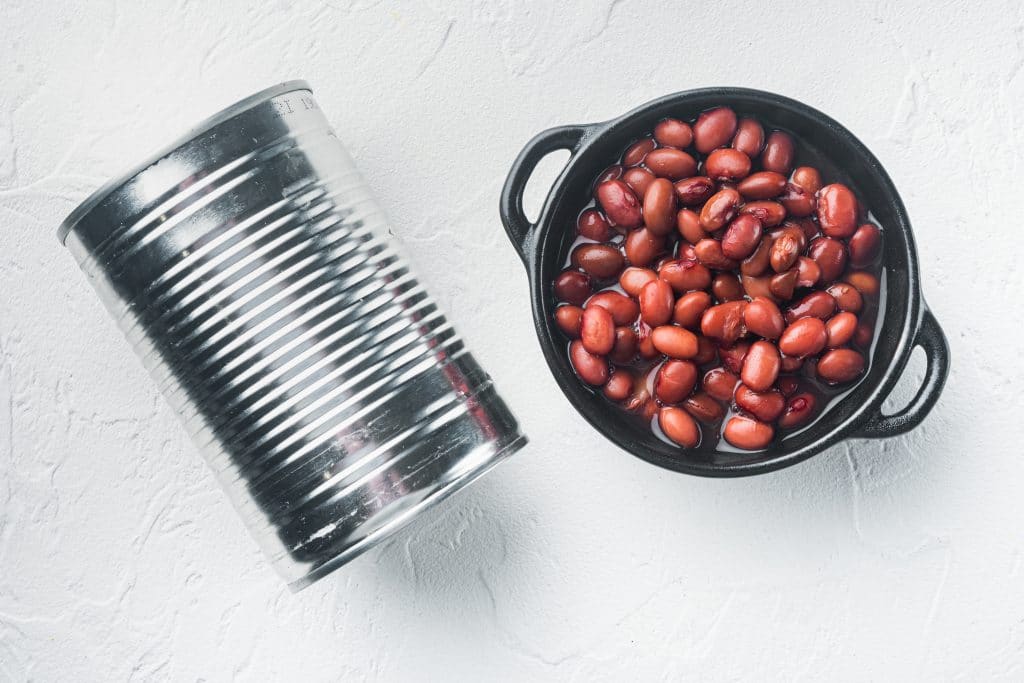
Because the best choice is for canned lentils, you will most likely be consuming green lentils — also known as brown lentils — as these are the most commonly used lentils for canning.
Using a food scale for better accuracy when measuring your lentils is best, rather than a cup measurement. The reason for this is volume measurements can be notoriously inaccurate. When dealing with something as complex as a low FODMAP diet, these serving discrepancies can cause you severe unwanted IBS pain and bloating.
The serving size for canned lentils is suggested as 1.6 oz. to remain low FODMAP, and this is often assumed to be equal to a ½ cup drained lentils. However, when measured on a food scale, a ½ cup lentils could often be as much as 2.9 oz., nearly double the recommended dietary allowance! In this case, a ¼ cup was a better estimate.
Cooked Lentils

Many people prefer to cook lentils from scratch, especially as they can buy dried lentils in bulk and keep costs down. Remember that the longer processing times required for canned lentils lowers their FODMAPs, so you will have to adjust your portions lower for cooked from fresh lentils.
When you choose to consume cooked green lentils, your serving size will be around half your canned serving. A serving size of 0.8 oz cooked green/brown lentils is approximately equivalent to 2 Tbsp. As you can see, you need to be very controlled in your serving size to remain low FODMAP.
In recipes like Dal curries, you will more likely use split red lentils to achieve the desired creamy consistency. Usually, you would need to cook these from fresh, as they are less likely to be canned.
The recommended low-FODMAP serving for split red lentils is 0.8 oz. When weighed, 0.8 oz. cooked split lentils come to around 2 Tbsp.
More commonly used in salads, the small dark green Le Puy lentils are recommended to only be consumed in amounts under 1 oz — the volume equivalent is approximately 3 Tbsp.
Low FODMAP Substitutes For Lentils
Lentils are often used as high fiber, high protein foods in vegetarian cooking or on diets where meat is limited. Lentils are also an excellent choice when sourcing non-heme iron. If you find that lentils disagree with you and you need to cut them out completely, there are some substitutes that you may find work for you.
Often on a low-FODMAP diet, fiber content can drop, which can cause a problem with constipation.
You can look into low-FODMAP alternatives to legumes and pulses, which still pack a fiber and protein punch.
In salads, you could use sprouted mung beans rather than Le Puy lentils. Beansprouts are excellent sources for fiber and are low FODMAP, as when the beans are sprouted, their FODMAP levels drop substantially. Sprouted mung beans can be eaten raw or fried in quantity equal to ⅔ cup, making them great for bulking out a meal.
In curries, harder tofu is an excellent protein-rich replacement for lentils. It’s low FODMAP and packed with nutrients. While soybeans themselves are high FODMAP, the cooking process for making hard tofu removes many FODMAPs. Since the recommended tofu portion is 6 oz, this can make tofu a substantial addition to curries rather than the 0.8 oz. red split lentils.
So, Are Lentils Low FODMAP?
While lentils, like other legumes and pulses, are a high FODMAP food, you can eat them in limited quantities as the cooking and canning process will remove some FODMAPs. You will need to keep the volume very small — usually well under ¼ cup serving size — and you may be more satisfied by finding suitable replacement foods. If you love the taste of lentils, your best option is to use canned green or brown lentils that have been thoroughly rinsed and strained in a serving measurement that works out to approximately 1.6 oz, as these are the lowest in FODMAPs.
